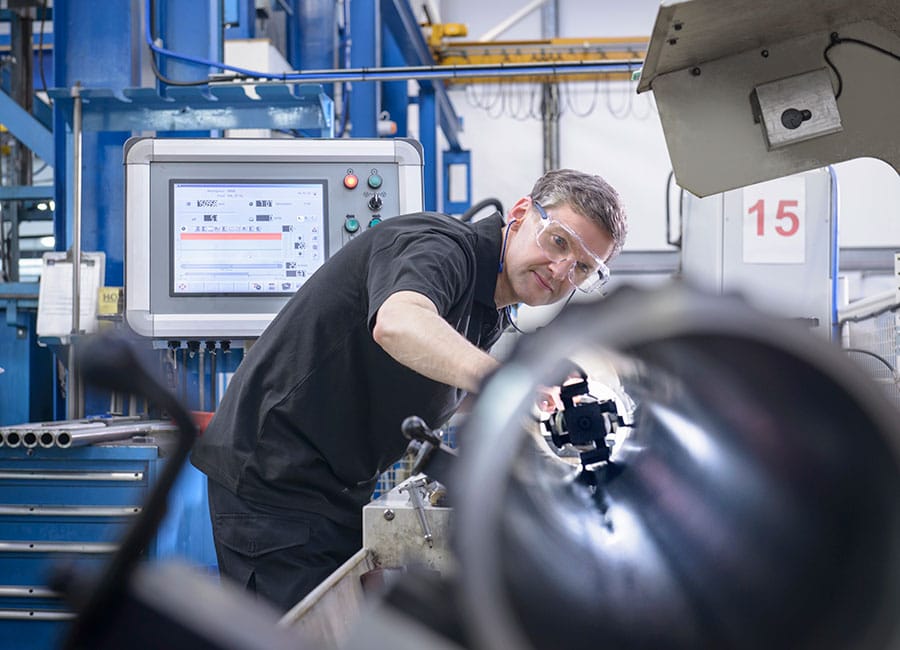Inflation in the manufacturing sector has reached record levels this month with both input and output prices increasing at their fastest rate for nearly 2 years, the latest purchasing managers index (PMI) data from AIB shows.
The 12-month outlook for production has weakened notably since February as the war in Ukraine dampens both supply and demand, although output and new orders continue to rise on the back of advance customer orders.
The PMI rose from an 11-month low of 57.8 last month to 59.4 in March, signalling a marked overall improvement in manufacturing business conditions in Ireland, with a measurement of 50.0 indicating no change. The Irish PMI was ahead of those for the UK (57.0) and eurozone (55.5).
Despite inflationary pressures and declining confidence, the headline figure was the joint-ninth highest in the history of the survey, although all the higher figures were recorded in the past 12 months.
"There are three clear messages that can be gleaned from the Irish PMI manufacturing data for March; continuing strong growth in activity, a weakening of sentiment on the outlook for business and very elevated inflationary pressures," Oliver Mangan, chief economist for AIB, said.
"Inflation picked up to its highest levels in the 24-year history of the survey," he added. "Some 88% of manufacturers reported higher input prices in the month, including increases in fuel, energy and transport costs. Faced with surging input prices, manufacturers raised their own
prices by a survey-record degree in March."

Increased raw materials, components, energy, fuel and transport costs and general market volatility and uncertainty due to the situation in Ukraine caused the record surge in input and output prices.
New orders rose at their fastest rate since August, reflecting advance ordering by customers concerned about supply chain issues and rising prices, exacerbated by the Russian invasion, but international customers practiced caution as new export growth moderated.
Output growth accelerated to a three-month high, with firms linking higher production to improving demand, customer stockpiling and some easing of pressure on supply chains, with the rate of expansion above-average but below the trend for the past year.
Production continued to increase more slow than incoming work in March, reflecting supply delays, staff shortages due to Covid, as backlogs increased for the 13th consecutive month, albeit at a weaker rate than in February, again due to the reduced pressure on supply chains.
Suppliers' delivery times lengthened markedly, and firms continued to sell direct from stock to meet demand, with post-production inventories declining for the ninth consecutive month.
Purchasing activity, meanwhile, was boosted in March as firms also sought to secure stock in expectation of delays and price increases.
(Pic: Getty Images)








